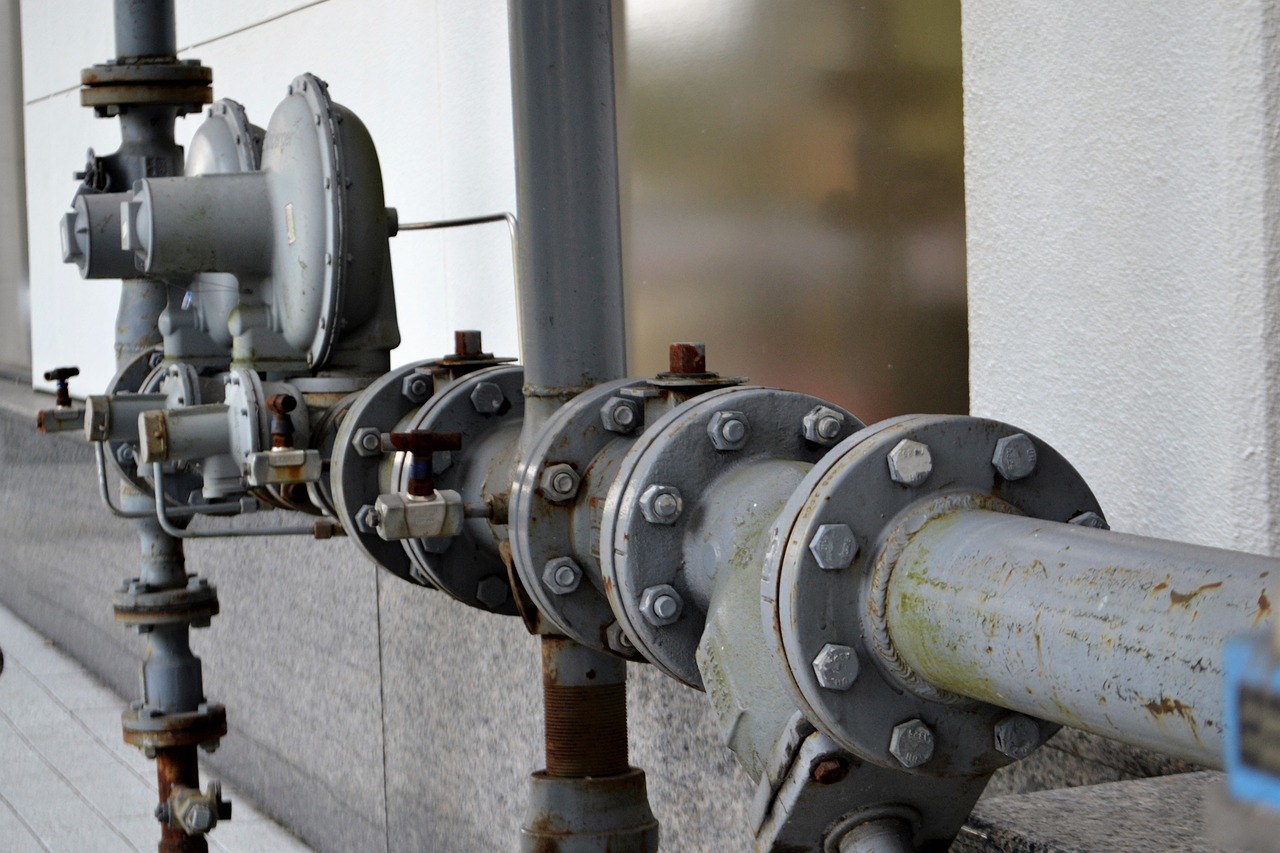Now Serving Homes Across Dallas-Fort Worth and Lubbock: Residential Plumbing & HVAC Services from a Name You Already Trust

You may already know Advanced Pipe Repair (APR) as the team behind some of the most trusted commercial and industrial pipe restoration work in Texas. For years, we’ve delivered trenchless pipe repair, mechanical plumbing, and infrastructure solutions for cities, schools, industrial complexes, and major facilities.
Now, we’re bringing that same standard of excellence to your home.
Introducing Advanced Plumbing & HVAC — our residential division built specifically for homeowners in Dallas – Fort Worth and Lubbock. Whether you need help with a leaky pipe, a failing water heater, or an underperforming HVAC system, our experienced technicians are ready to serve.
A Residential Team With Industrial-Strength Experience
Although Advanced Plumbing & HVAC is a new name in the residential space, we’re far from new to the industry. Backed by the decades of expertise at Advanced Pipe Repair, our team includes veteran plumbers, HVAC professionals, and field technicians who’ve handled some of the toughest jobs in Texas.
From lining corroded sewer mains beneath highways to retrofitting mechanical systems in critical buildings, our crews have seen it all. That high level of technical know-how, safety, and precision is now available for homeowners who want more than just a quick patch-up.
When you hire Advanced Plumbing & HVAC, you’re not getting a rookie crew—you’re getting a deep bench of professionals with years of real-world, high-pressure experience. And now we’re applying that same care and commitment to keeping homes running smoothly.
What We Offer: Full-Service Home Plumbing & HVAC
We understand that plumbing and HVAC problems can be stressful, disruptive, and costly—especially when they’re handled by someone who cuts corners. Our approach is different. We take the time to diagnose issues thoroughly, offer honest recommendations, and complete the work with long-term reliability in mind.
Residential Plumbing Services
- General Repairs: Dripping faucets, running toilets, low water pressure—we fix it fast and right the first time.
- Leak Detection: We use advanced technology to locate hidden water leaks before they cause serious damage.
- Repiping: If your home has old or corroded pipes, we can replace them with efficient, long-lasting materials like PEX or copper.
- Water Heaters: Whether you need a quick repair or a brand-new tank or tankless system, we’ll make sure you always have hot water.
- Fixture Installation: Sinks, showers, tubs, toilets—we install high-quality fixtures that match your style and function perfectly.
- Sewer & Drain Cleaning: If you’ve got a clog, slow drain, or foul odor coming from your pipes, we’ll clear it quickly with the right tools and techniques.
HVAC Services for Texas Weather
- Air Conditioning Repair & Installation: North Texas summers are no joke. We keep your system running at peak performance or help you upgrade to a new, energy-efficient unit.
- Heating Services: When cold snaps hit Lubbock or Dallas, you want reliable heat. We maintain, repair, and install furnaces and heat pumps with care.
- Maintenance Plans: Our seasonal checkups help you avoid costly breakdowns and extend the life of your HVAC system.
- Indoor Air Quality: Concerned about allergens or dust? We offer filtration upgrades, air purifiers, and ventilation solutions that keep your air fresh and healthy.
Modern Problems Require Modern Solutions: Cured-In-Place Pipe (CIPP) for Homeowners
While many residential plumbers rely on outdated dig-and-replace methods, we’re proud to offer CIPP (Cured-In-Place Pipe) trenchless repair to homeowners when appropriate.
CIPP allows us to repair broken or deteriorating underground pipes without digging up your yard, driveway, or foundation. Using a specially formulated resin and liner, we create a seamless new pipe inside your existing one. It’s the same method we’ve used for city infrastructure—now available to homeowners looking for a clean, cost-effective, and durable repair option.
This is especially helpful for:
- Older homes with cast iron or clay sewer lines
- Foundation or slab homes where digging would be costly
- Homeowners looking for long-term solutions without property disruption
If you’re facing major sewer problems or suspect pipe deterioration, ask us about a trenchless inspection.
Why Homeowners Choose Advanced Plumbing & HVAC
We’re not trying to be the biggest residential service company in Texas—we just want to be the most trusted. Here’s what sets us apart:
Proven Experience
We’ve already solved problems at the commercial level that most plumbers will never encounter. We bring that level of insight to every home visit.
Local Roots
We’re Texas born and raised. Our team understands the local climate, building codes, and infrastructure challenges unique to Dallas-Fort Worth and Lubbock neighborhoods.
Integrity Over Sales
We’ll never upsell services you don’t need. You’ll get honest recommendations, clear pricing, and respectful service—every time.
Clean, Courteous Technicians
Our professionals show up on time, in uniform, and treat your home like it’s their own. We’re tidy, respectful, and focused on making your life easier—not harder.
Now Scheduling Residential Appointments in Lubbock and the DFW Metroplex
Whether you’re dealing with a frustrating leak or planning a major system upgrade, Advanced Plumbing & HVAC is here to help. We’re proud to serve our neighbors in both Lubbock and the Dallas-Fort Worth area with dependable plumbing and HVAC solutions.
Call us today to:
- Schedule an in-home consultation
- Learn more about maintenance plans or CIPP options
- Get a second opinion or quote comparison
We believe homeowners deserve the same quality and transparency that major commercial clients expect—and we’re ready to deliver.
Experience the Advanced Difference.
Home comfort, handled by experts.
